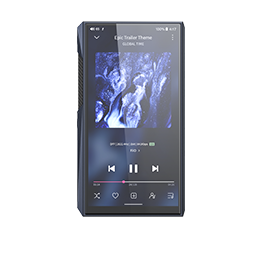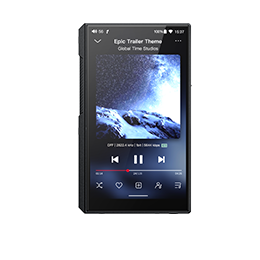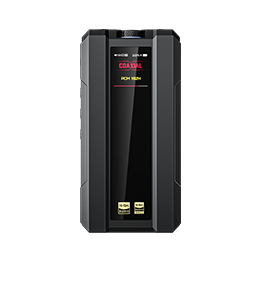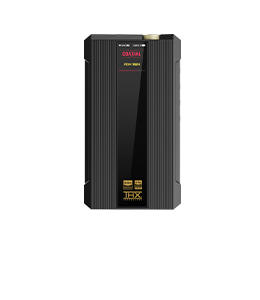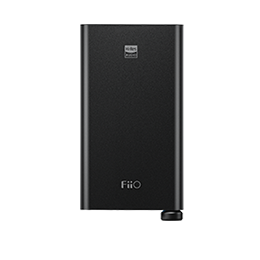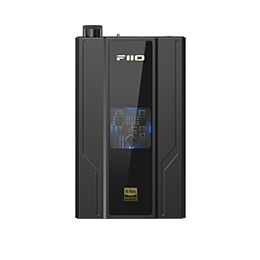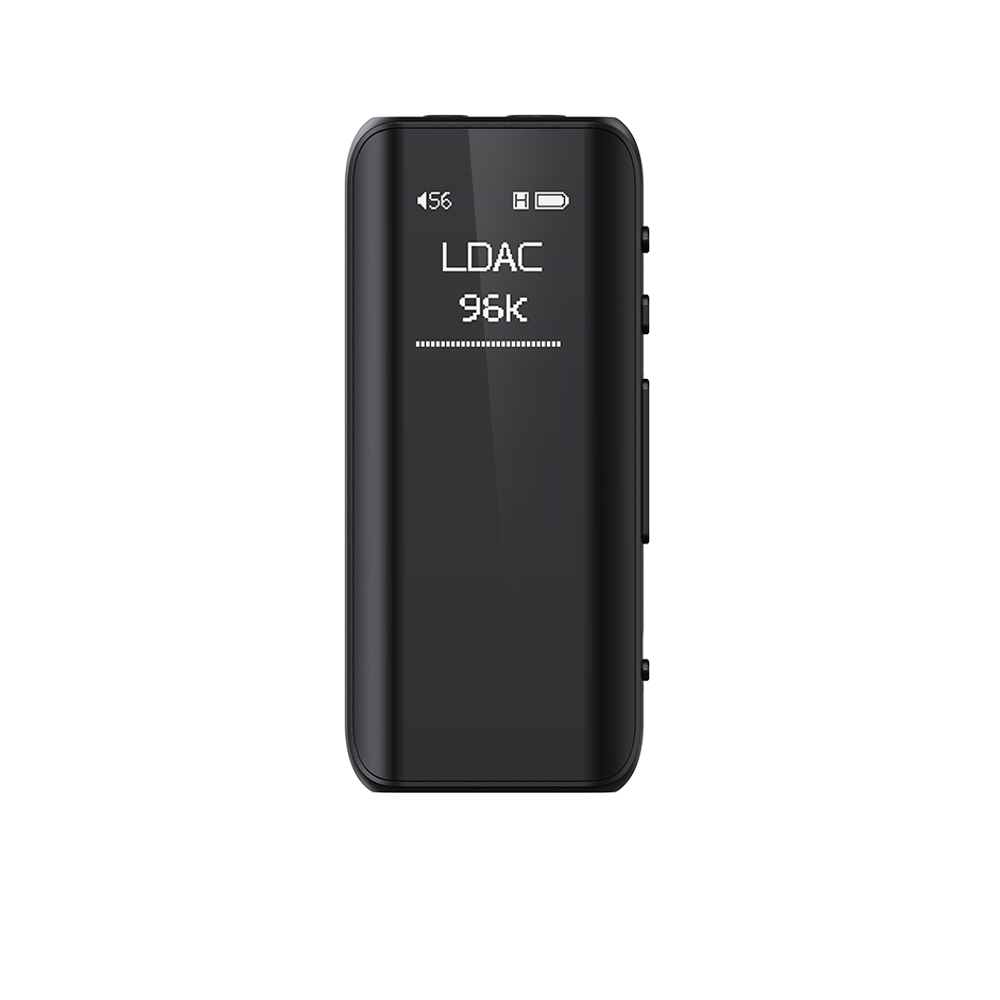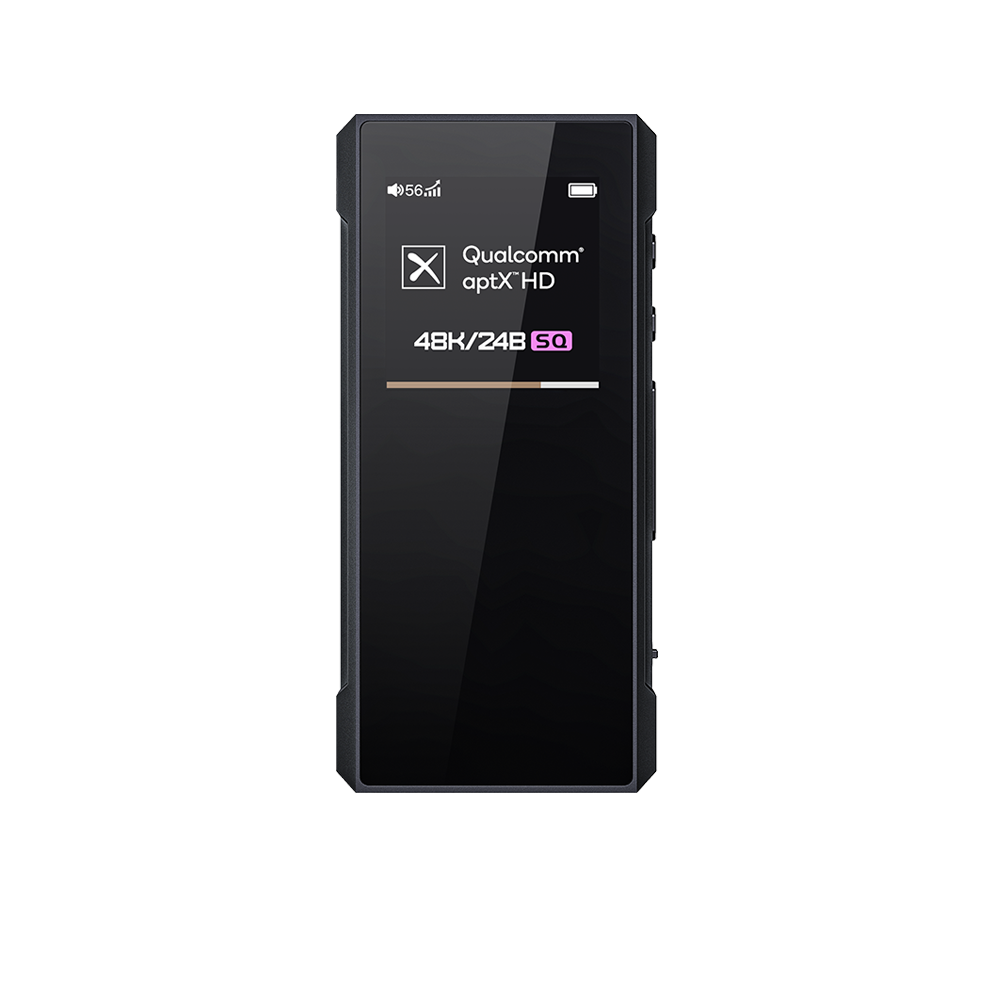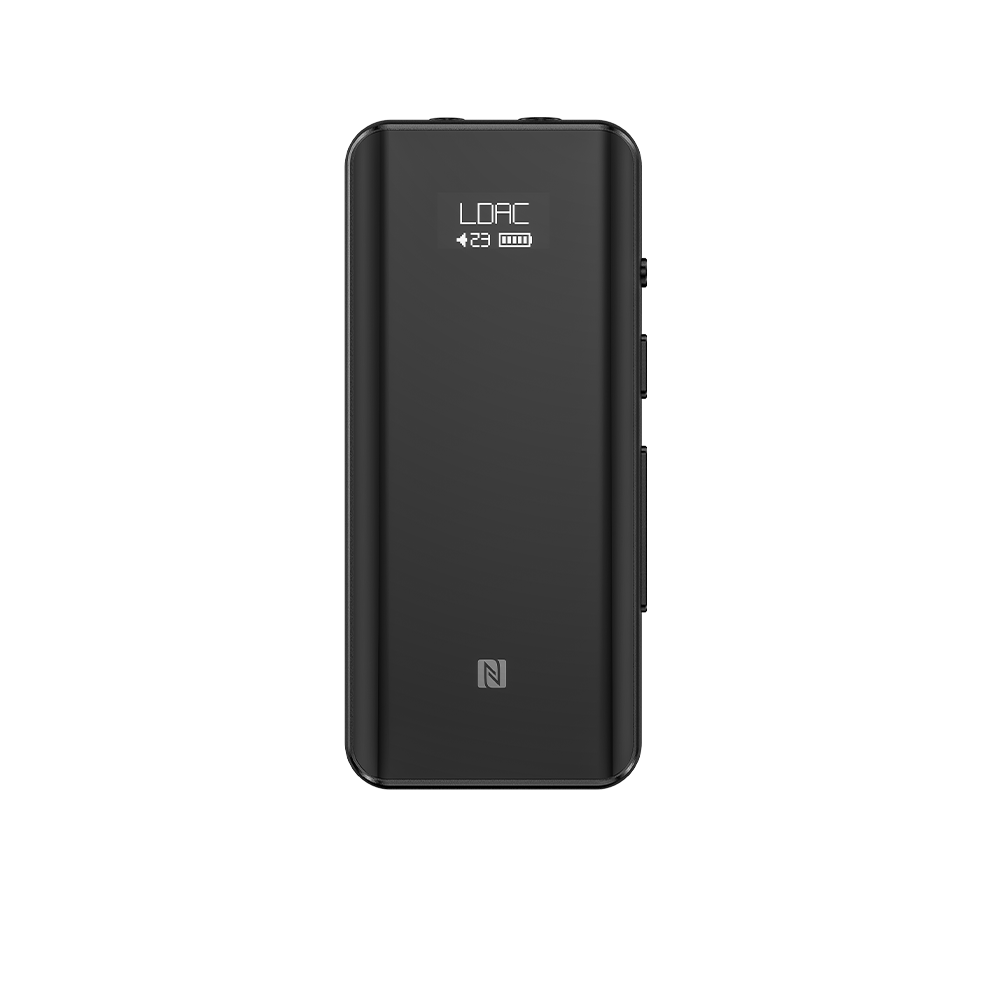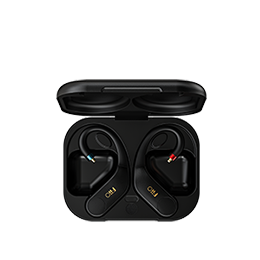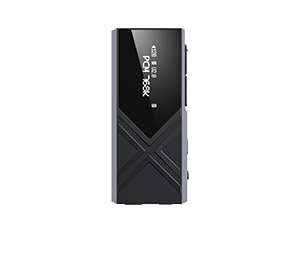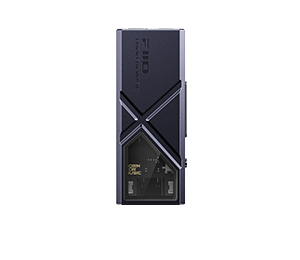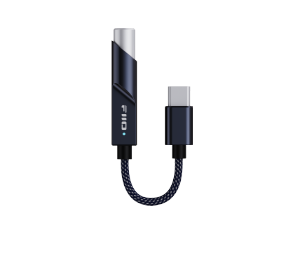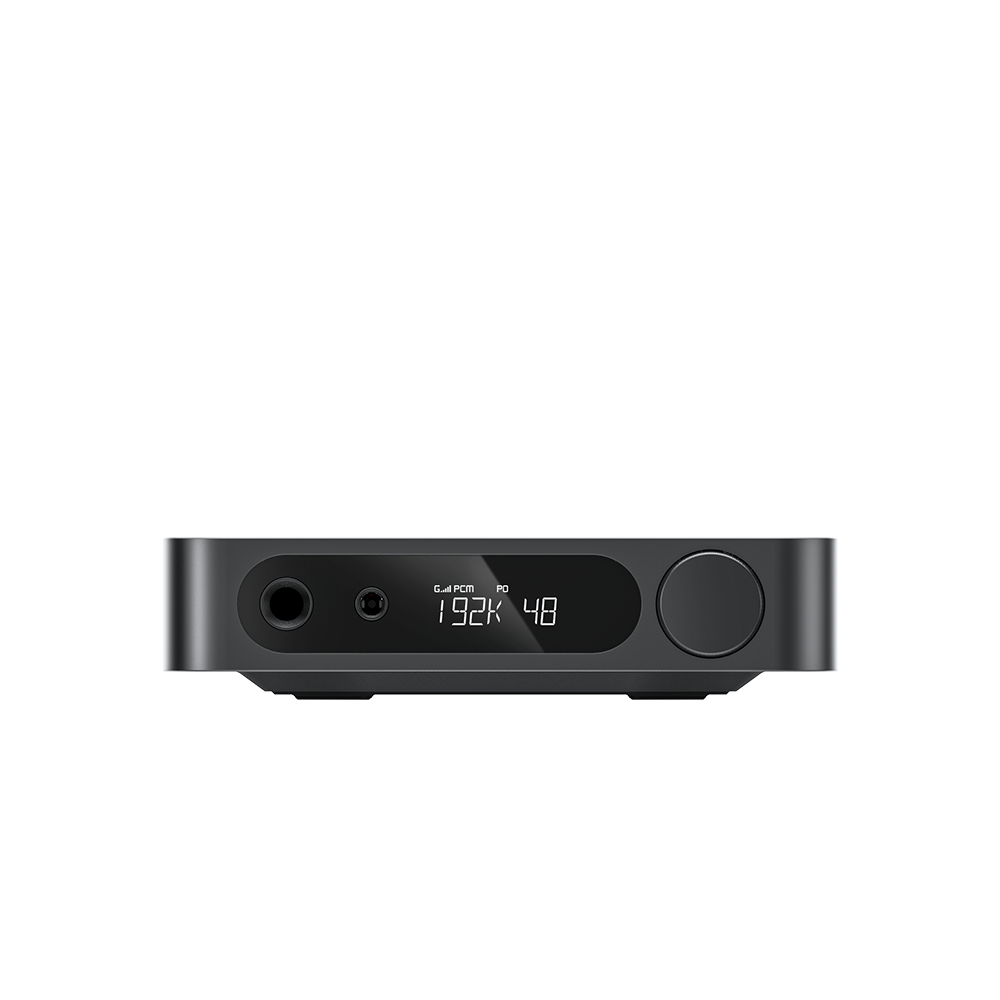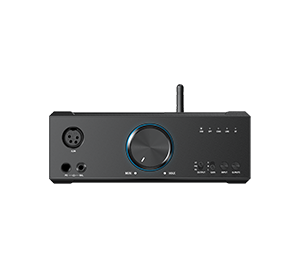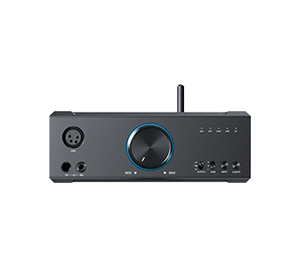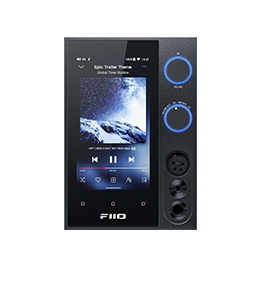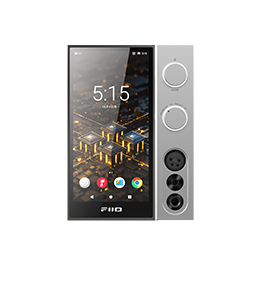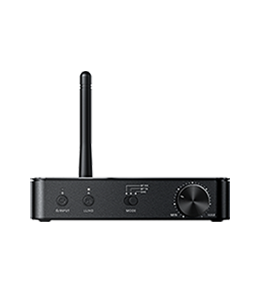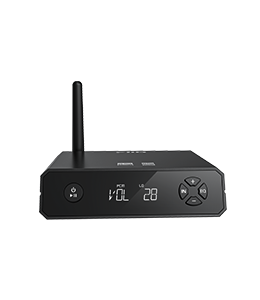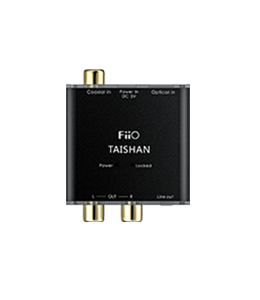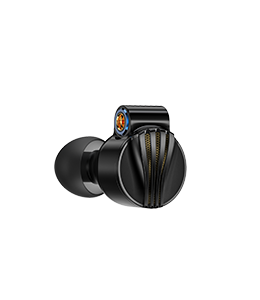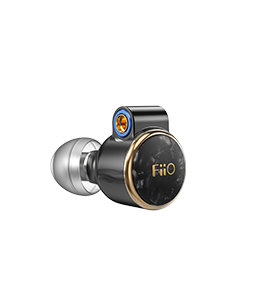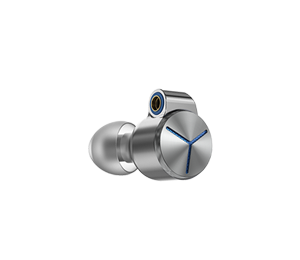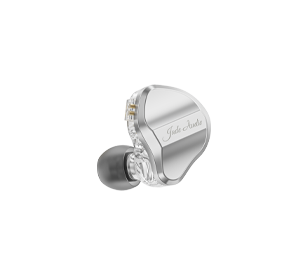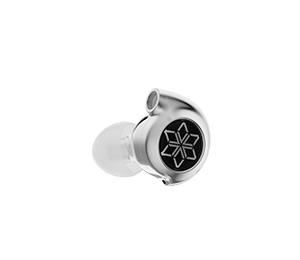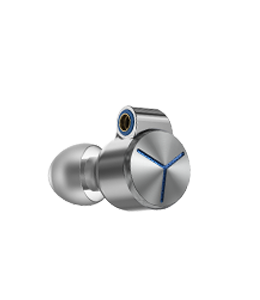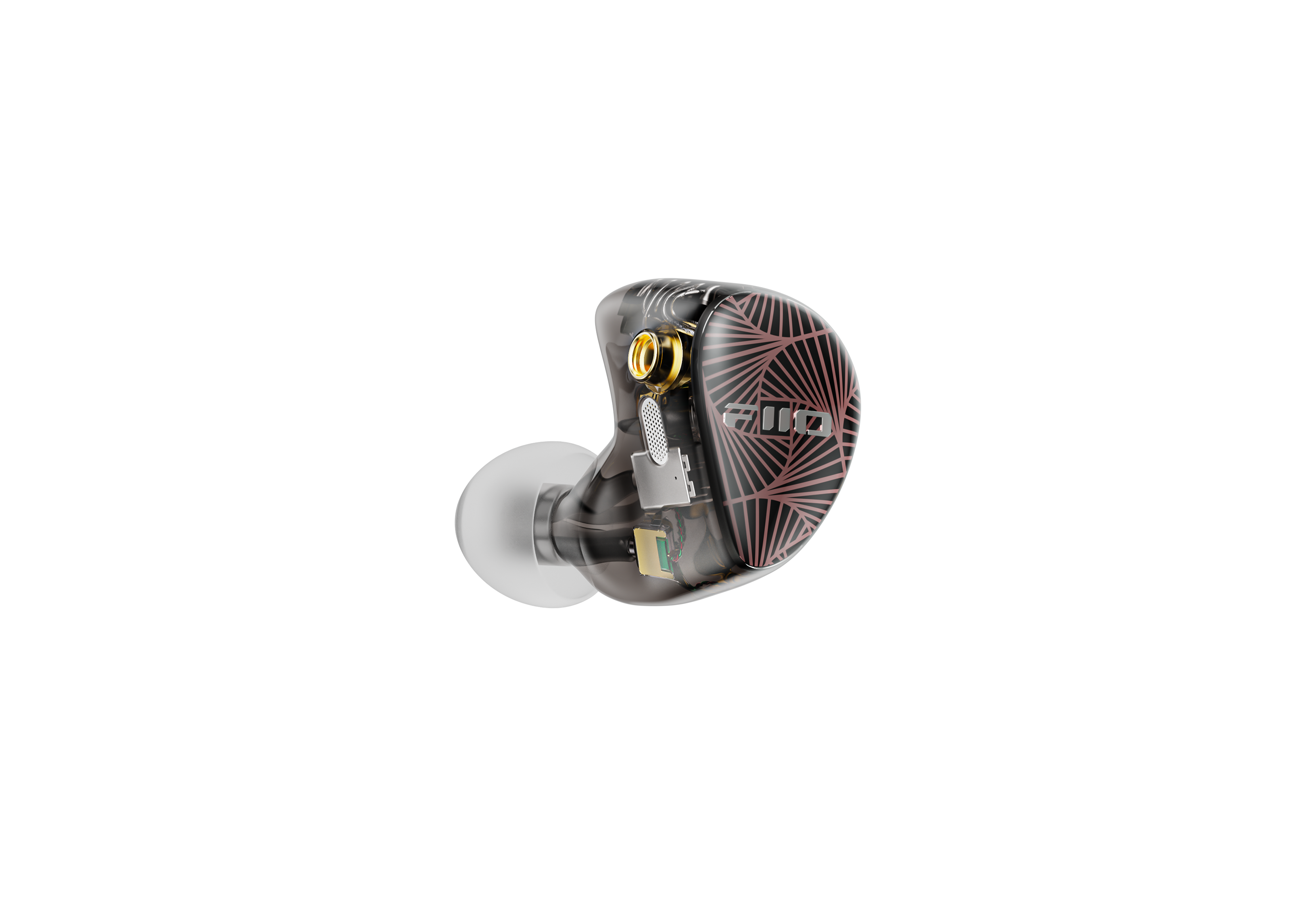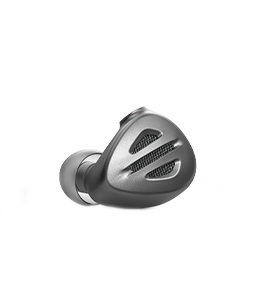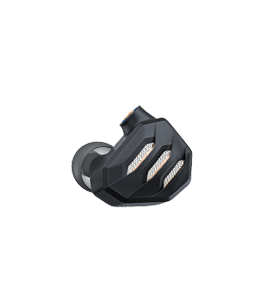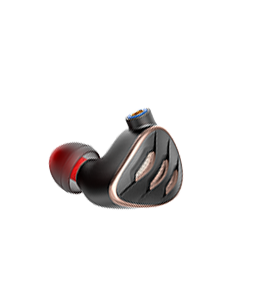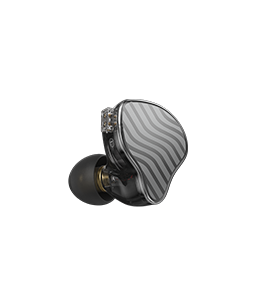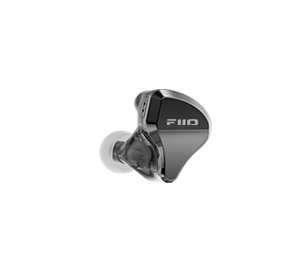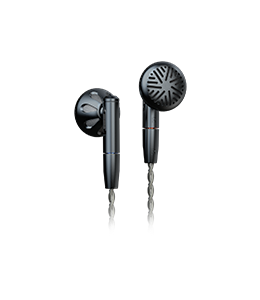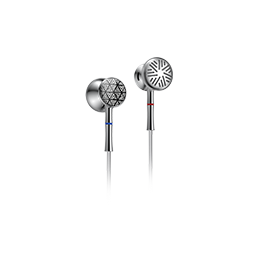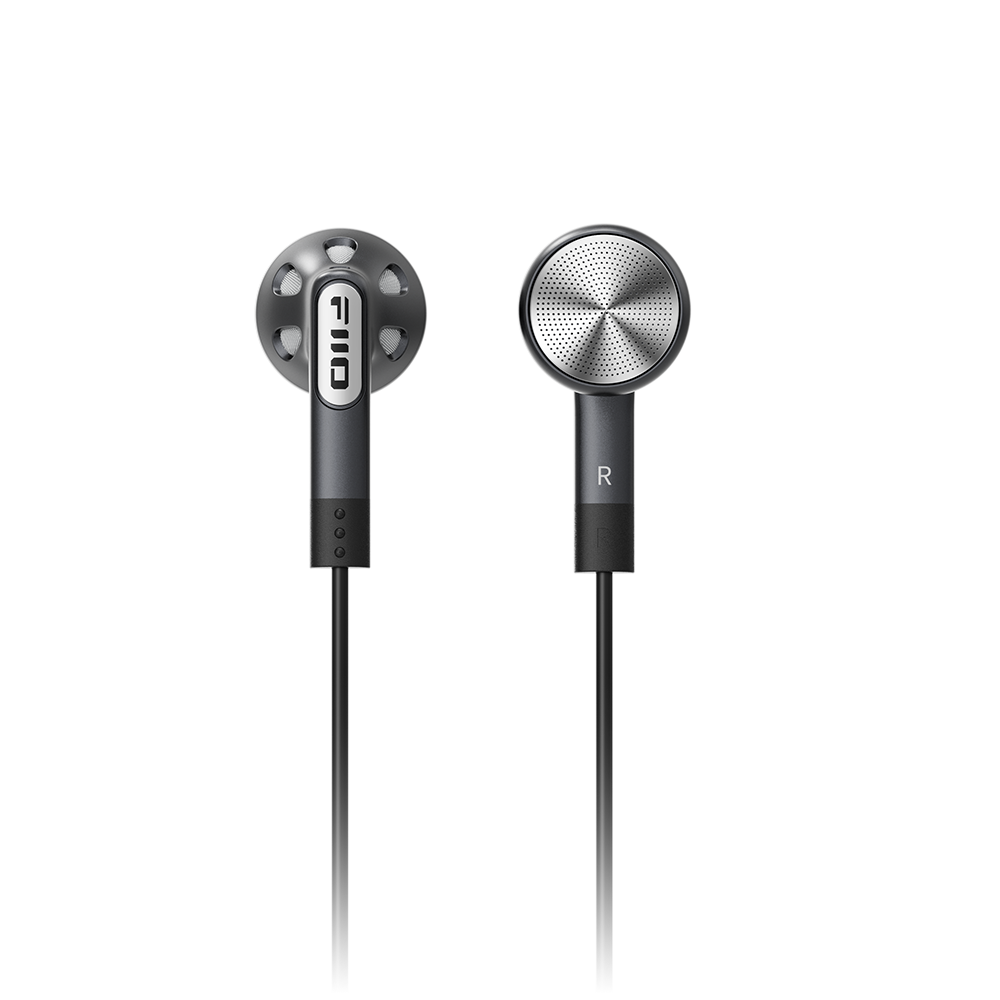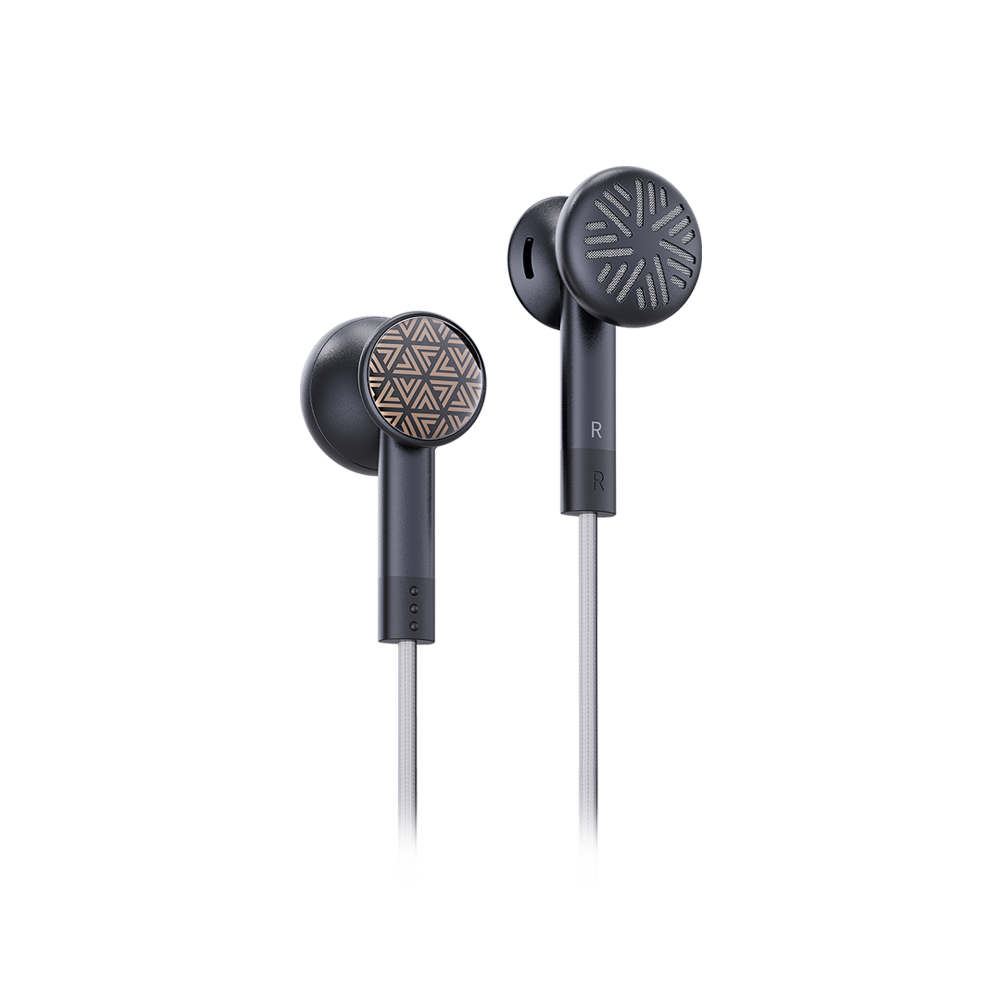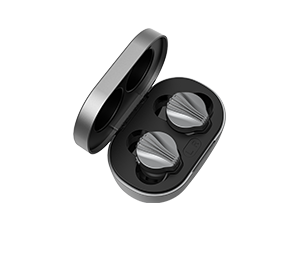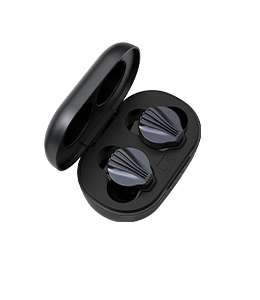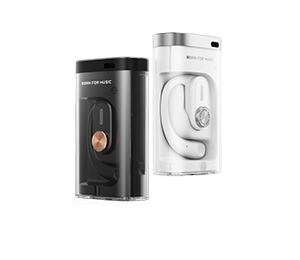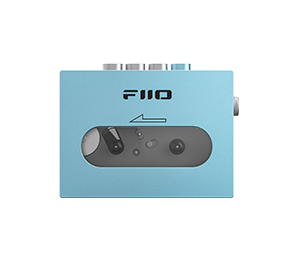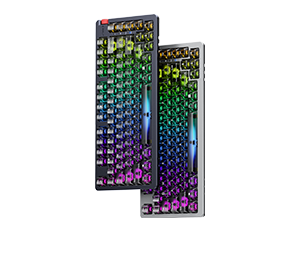FiiO X7 Mark II – The PROfessional
Author:Darku
Review from:soundnews.ro
→→ Read the original article on soundnews.ro:>> Click here
I admit, I smile every time I see a new version of FiiO portable DAPs from the X series, but also when I see one used by someone on the go.
The star of the last appearances in the FiiO portfolio was of course X7 MKII, I was simply bound to listen and share my impressions with you. I think I will never be bored by these players or by anyone else, I use portable players since I can read, so you cannot stop me.
Until now, the second generation seems very promising, FiiO has embedded in this device absolutely the best they have, it’s the top of the line of the manufacturer.
It is important to note that this device is expensive, big and heavy, it is intended for enthusiasts and its not a substitute for a smartphone; those interested in such a product already understand that portability was the only compromise made in the development of this DAP, its top priority was 100% highest fidelity sound reproduction.
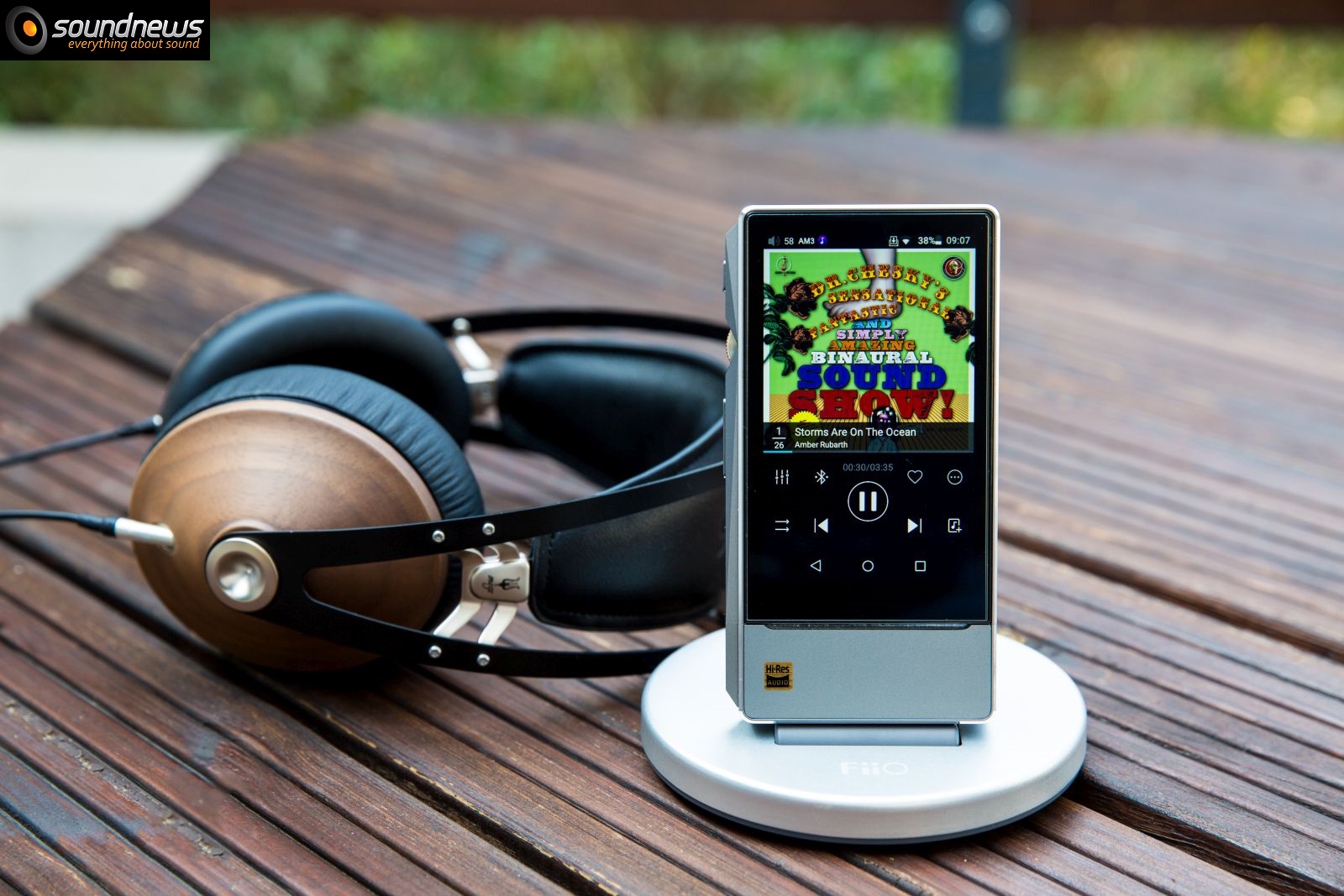
I. The boring stuff…
1. Internal Components and Design
X7 Mark II, as its predecessor, was designed on the Android 5.1 platform, the hardware components were chosen so that the interface would move fluidly, provided it will not consume too much power, the high power consumption will be done by audio components that deal with decoding and amplifying the audio signal.
We are dealing with the RK3188 SoC, it’s a quad-core processor running at a 1.4 GHz frequency, at last 2 Gb of RAM is the norm (compared to just 1 Gb in the predecessor X7) – this change had a positive impact, the interface is moving fluidly, the device responds faster to commands, audio streaming apps load files a little faster, and overall the device feels more nimble and agile.
Probably a really good thing was doubling the ROM memory from 32 to 64 Gb, of which ~ 56 are usable – if you use lossy files it is very possible that you no longer need a microSD card. But really I do not see the reason why someone would buy a 800 Euro player just to listen to mp3 files, I propose harshly punishing such heretics.

The IPS touchscreen has a diagonal of 4 „and a resolution of 800 x 480 pixels, by today’s standards it is quite low-res, but more than enough for what was thought it to be.
A massive upgrade is the availability of two microSD memory expansion slots, each accepting cards up to 256 Gb, for a flagship DAP it was a must implementing two slots instead of just one from the previous model.
Another change is the use of 2.4 GHz and 5 GHz Wi-Fi adapter for faster data transfers.
The Bluetooth adapter is version 4.1 that also supports the aptX standard, this time it can also work with BLE (Bluetooth low energy) applications allowing it to engage with almost any Bluetooth device.
The internal battery also had a small upgrade from 3500 mAh to 3800 mAh which is a very good thing. This time it supports quick charge 2.0, but for this feature you will need to purchase a standardized QC 2.0 charger separately.
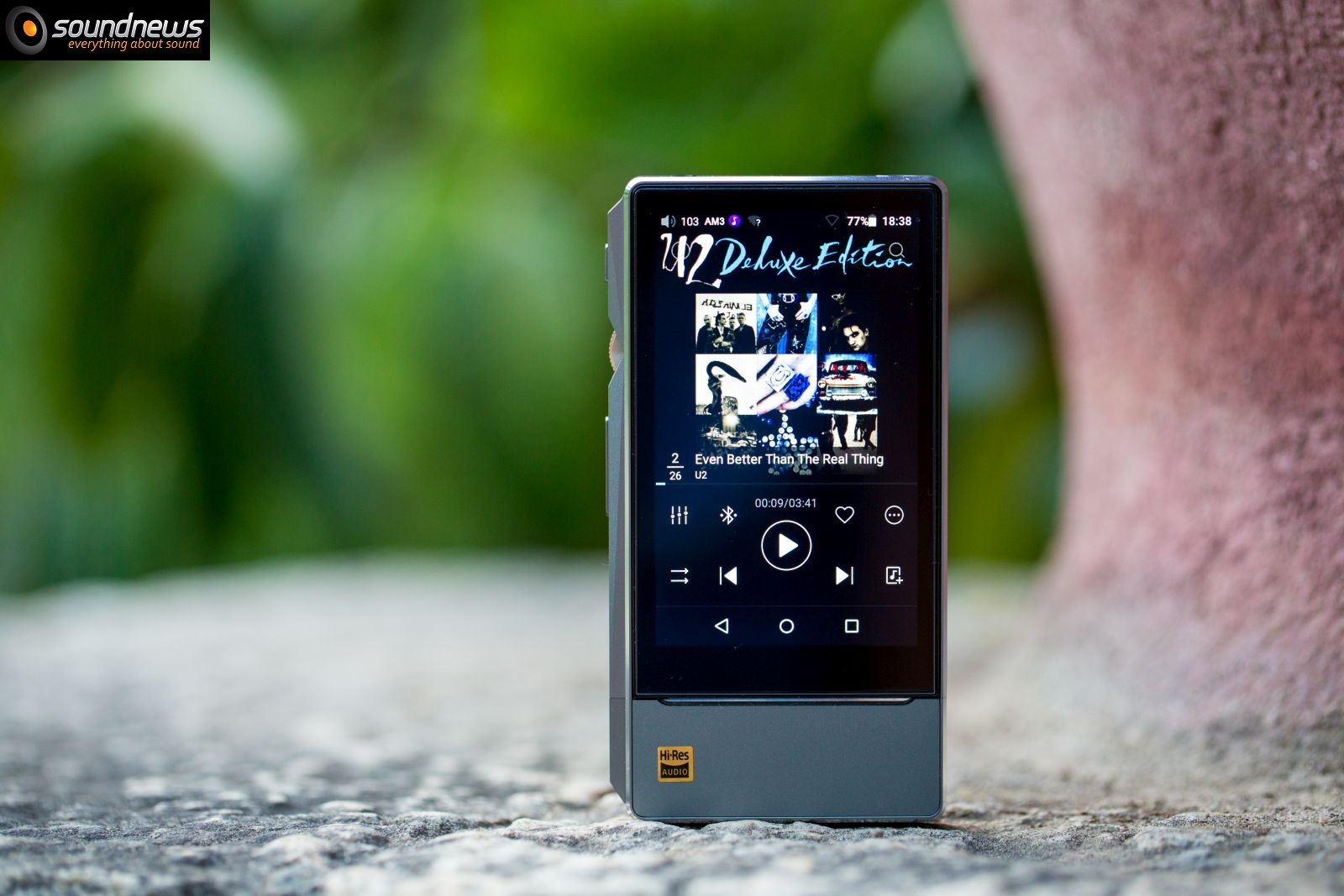
As far as the components for audio decoding and analog signal amplification are concerned – I tend to think that they chose what is best available today without major compromises, some of which were chosen due to their small size and portable factor.
At the heart of audio decoding is the ESS Sabre 9028 PRO. Yes, the 8-channel desktop variant, not the low-power mobile version with just two channels. The only better spec DAC chip, its bigger brother 9038 PRO consumes way too much current and reaches temperatures too high to be integrated into a portable solution. In our Matrix X-Sabre Pro review, it can be seen that in a much larger case, the 9038 PRO chip had to be covered in its entirety by a passive radiator to dissipate heat efficiently.
The ES 9028 PRO is already found in some of the high-end desktop DACs, for example we can find it in the last iteration of the Benchmark DAC 3 HGC and in the Resonance Labs Veritas and probably in many others, all of which are considerably more expensive (++ 2000 Eur) than the DAP presented today, which by the way can also be used as an external DAC if desired.
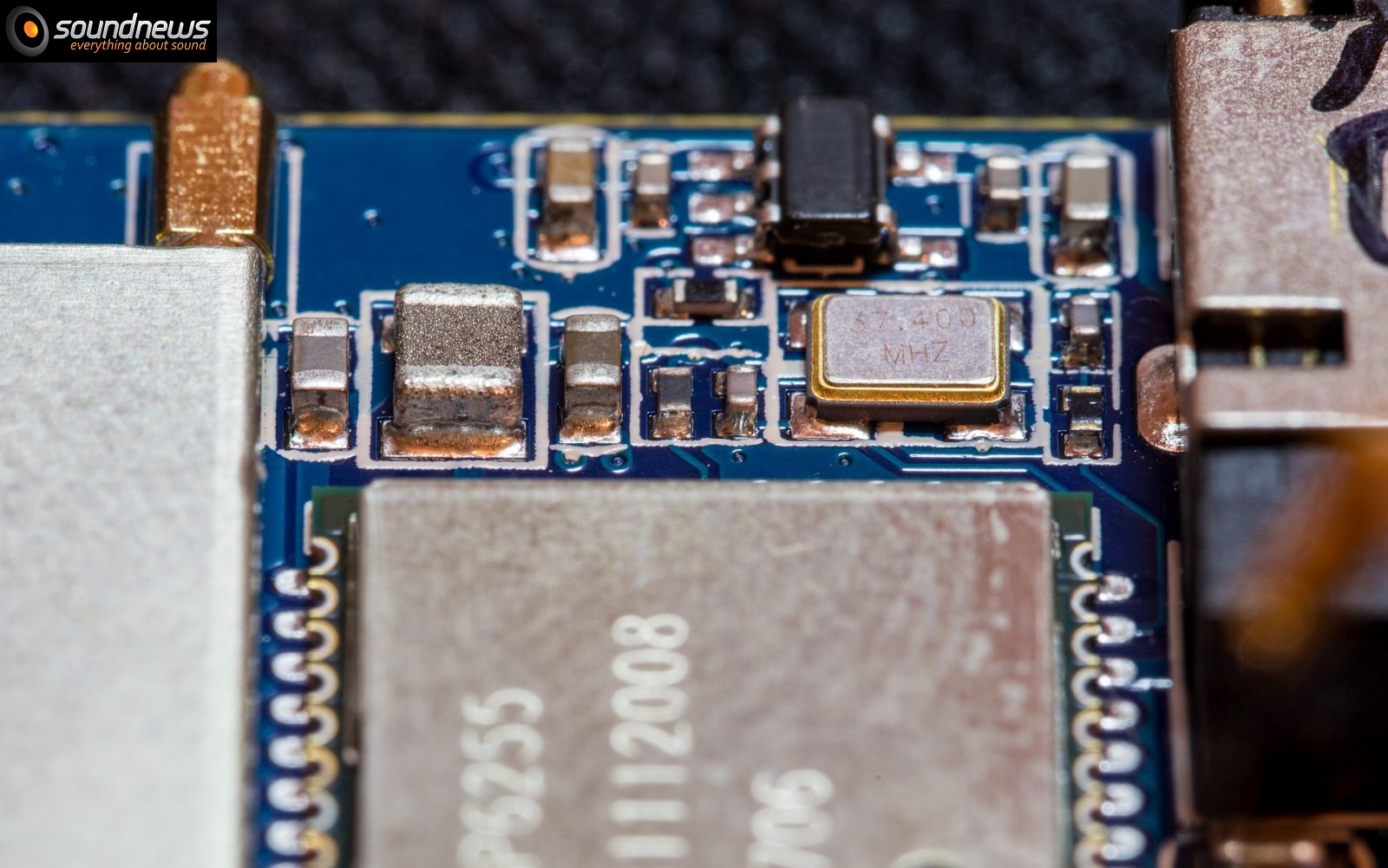
Checking the DAC chip specifications we see it is able to play DxD files up to 32 bit 384 kHz and DSD 64 and 128.
The chip has been digitally configured using FPGA programming for the best results, extracting the last bit of your favorite music.
The Low-Pass Filter (LPF) is handled by two high-performance OPA 1612 by Texas Instruments specifically developed for top audio applications. To satisfy FiiO engineers, Texas Instruments has exclusively developed a custom chip for X7 MKII and that is OPA 926 (2 pieces) used in the final signal amplification stage.
Unlike the first generation X7, we now have 3 high-performance crystal oscillators – one for DSD and for multiple sampling rates of 44.1 kHz one for multiple of 48 kHz and one for 384 kHz.
Compared to the original X7, there are not just more crystal oscillators, but they run at a much higher speed. Digital noise is radically reduced, increasing the precision and stability of the clock and generally making a more accurate conversion of digital into analogue signals.

As with the first generation, dedicated headphone amp is done by using external amplification modules.
The AM3A stock module represents a major upgrade from AM1 found in the first-generation X7. Not only it offers 2 times the power, but besides the 3.5 mm single-ended output, the AM3A also offers a balanced 2.5mm TRRS output.
Interestingly, the AM3A stock module does not pull down the device at all, as I felt AM1 was doing. The internal components used explains exactly why. The AM3A uses AD8620 JFET wide-band operational amplifiers as well as the OPA926 op-amp, which I mentioned above that was custom developed by TI.
Ah, let’s not forget that the S/PDIF digital output besides coaxial out can now send optical signal as well – a really good thing, especially since many audio devices use only an optical input.
As with the first generation, the DAPs body is carved from a massive matte aluminum block, ultra-resistant to scratches and mechanical shocks.
The design feels industrial and functional, the placement of the buttons is a great improvement over its predecessor, all of them being moved only to the left. The volume wheel is the icing on the cake, the feedback of each click is so pleasant to touch that I change the volume a few times per minute.
For full specifications, please visit the following link.
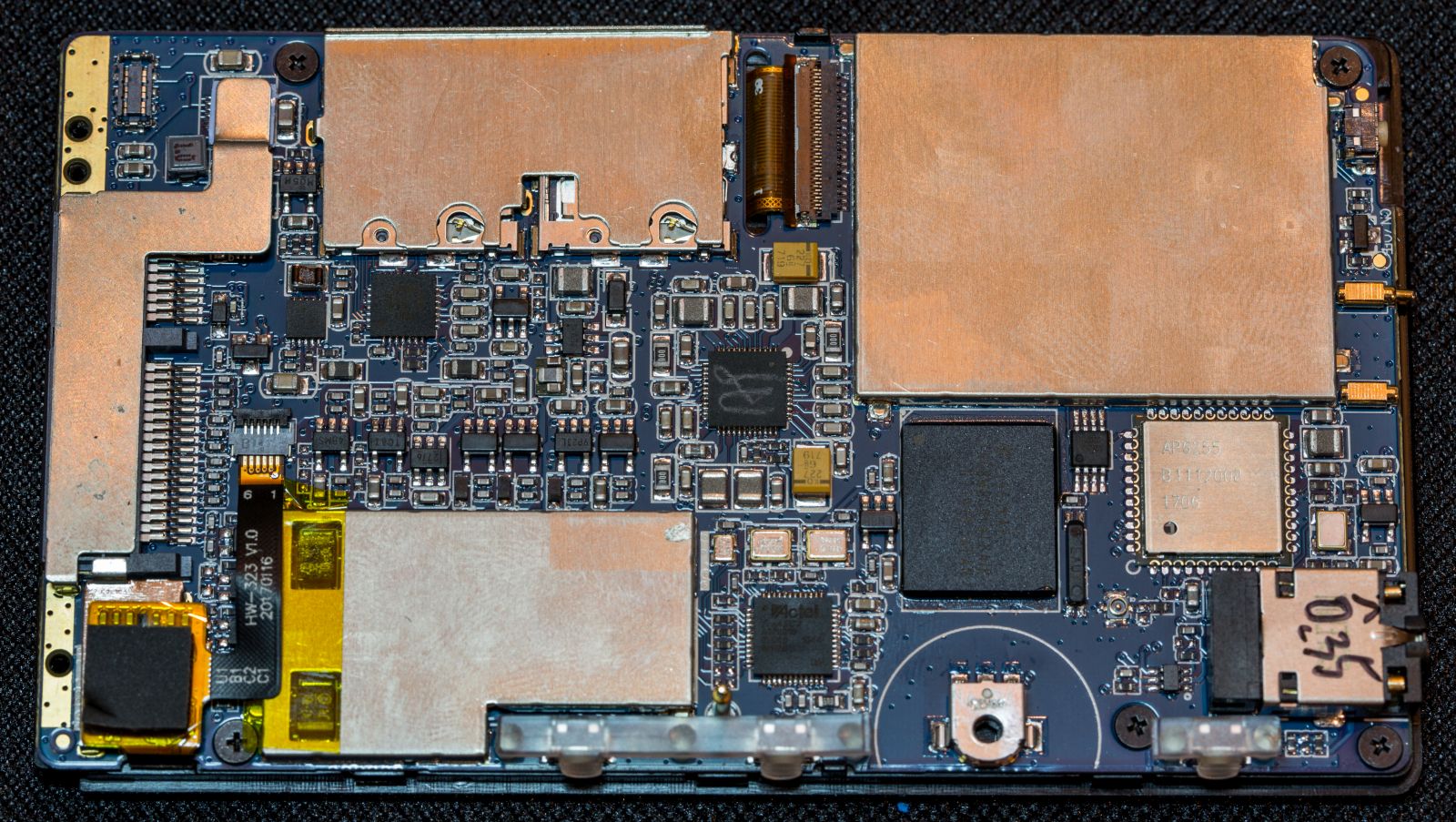
2. Graphical interface
The X7 Mark II can be used in two modes, both of which are very important.
The first is Android mode, which basically is a standard Android 5.1 interface, it is the only way to install and use third-party apps.
I installed and used most of the apps offered by FiiO Market: Onkyo Player, Neutron Player, Poweramp, streaming apps such as Tidal, Spotify, Qubuz.
Considering I have a Tidal Hi-Fi subscription, I was curious if it will be as good as on its predecessor.
I’m glad to see the interface responds faster a bit, selecting Hi-Fi quality for lossless music, any track loads for about 1-2 seconds, quite fast from my point of view.
If I authorize the device for offline play, I can save the music from Tidal both on internal memory or on the microSD card and of course I can play it without internet connection – an extraordinarily useful feature.
The Tidal mobile app has recognized all my playlists already created on the desktop app, my favorite music has been also recognized, this way I can carry all the music in the world in my pocket.
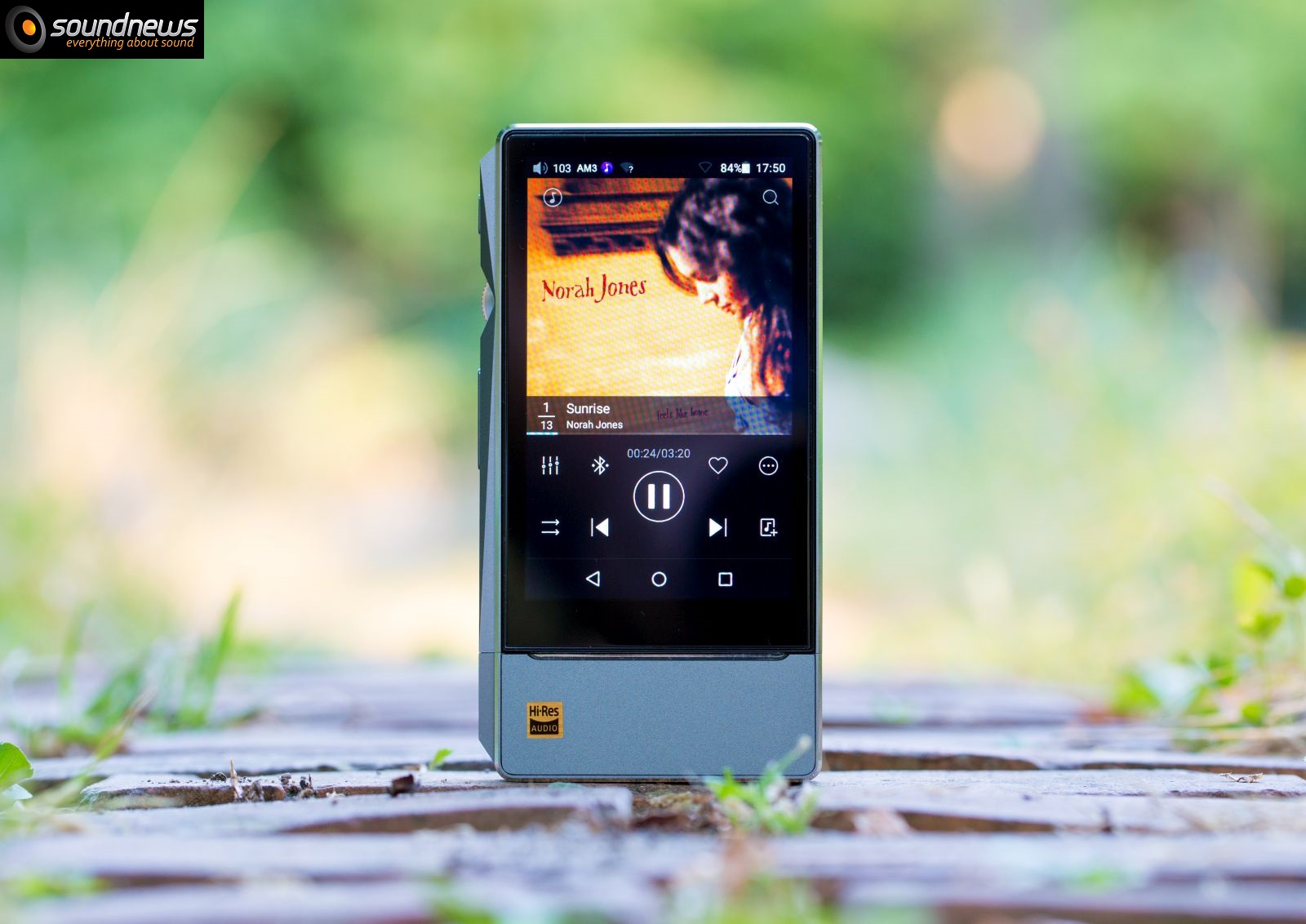
The second is Pure Music mode.
In this mode, it will automatically launch the FiiO Music app and the other apps can no longer be used. Also in this way, the device will block most of the Android secondary processes and the audio ASRC developed by Google. As a result audio processing will take a shorter path and battery life may increase slightly.
At least for me, the autonomy has increased up to an hour, it’s the only way I recommend listening to music stored on internal memory or on MicroSD cards. Audio performance might be the highest using Pure Music mode, I still inspect if it is the case or not.
The FiiO Music app at first seems not very user friendly, but after ~2 hours of testing everything is clear to me. Navigation becomes easy and intuitive.
We have browsing by file, artist, album or genre. Custom playlists can be created or uploaded, it also supports .CUE files.
The equalizer is well made, besides 8 presets available, we also have a custom one with 10 bands that can be set as we please, from 60 Hz (first band) to 16 KHz (the last band).
X7 Mark II supports most lossless PCM files up to 32 bit 384 khz but also DSD 64 or 128 files with .DSF, .DFF or .ISO extensions.
For Bluetooth connection testing, we used an HP Roar Plus wireless speaker. It was instantly recognized, the actual working range is about 9-10 meters, in an open space it might even more so.
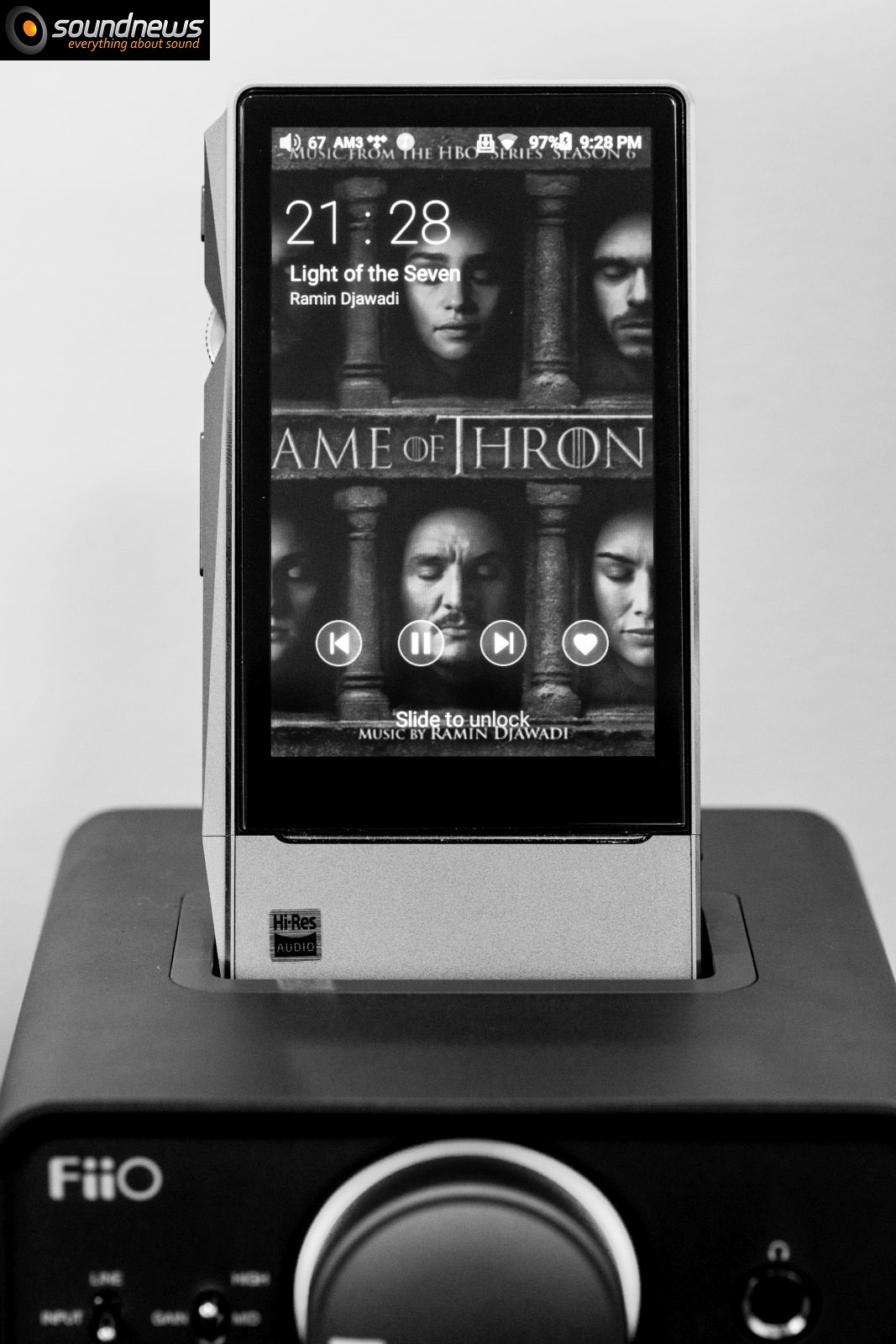
Another important feature, for some a must-have for sure is the use of the device as an external USB Hi-Res DAC. For this an additional driver must be installed that you can find right here, Mac OS users do not need that driver.
It is important to know that the PCM files supported in this mode are up to 24 bit 192 kHz.
My iMac automatically recognized the internal DAC of the X7 and the Tidal desktop app did as well.
The DAC worked flawlessly as a normal USB DAC, the OS audio settings see it as a 24-bit 192 Khz capable device, so everything is okay, I have nothing to reproach.
We used it both as an external DAC and as a portable player, but we mainly used it on the street with several IEMs and over-ear headphones.
Let’s get to the really interesting things.
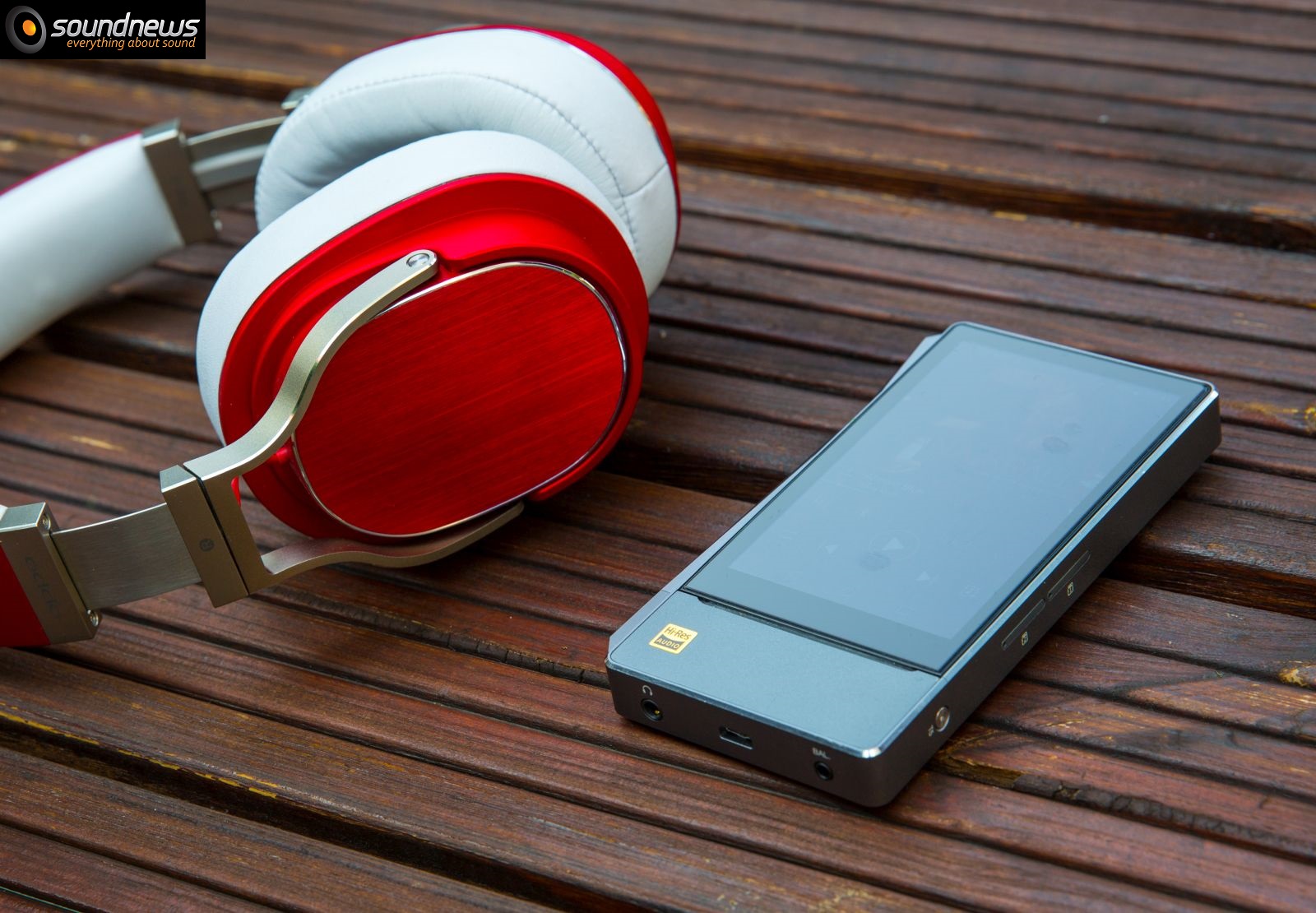
II. The interesting stuff
1. Audio Performance
Last week I posted the review of Matrix X-Sabre PRO – a DAC that really impressed me and I consider it very capable for the price segment it belongs to.
Although I can not quantify in real numbers, I think X7 Mark II offers around 90% of X-Sabre Pro performance and that is not a bad joke at all, X7 MKII is very capable and can easily compete with DACs from established manufacturers.
Let’s start with a recording specially made for headphones, the binaural album Sessions from the 17th Ward by Amber Rubarth. What moved me from the first is the positioning of the sounds in a three-dimensional space. Absolutely magical interpretation that simply breathes and plays with my imagination.
The sound depth is stunning and the holography is just breathtaking.
The stereo image is no longer stereo because I’m just surrounded by sounds that are hitting me from every angle.
The purity of the sound was not affected, the texture of the voices is palpable and real.
As a whole interpretation seems full, crisp and very airy.
I consider the performance to be neutral in the good sense, with lots of dynamics and speed.
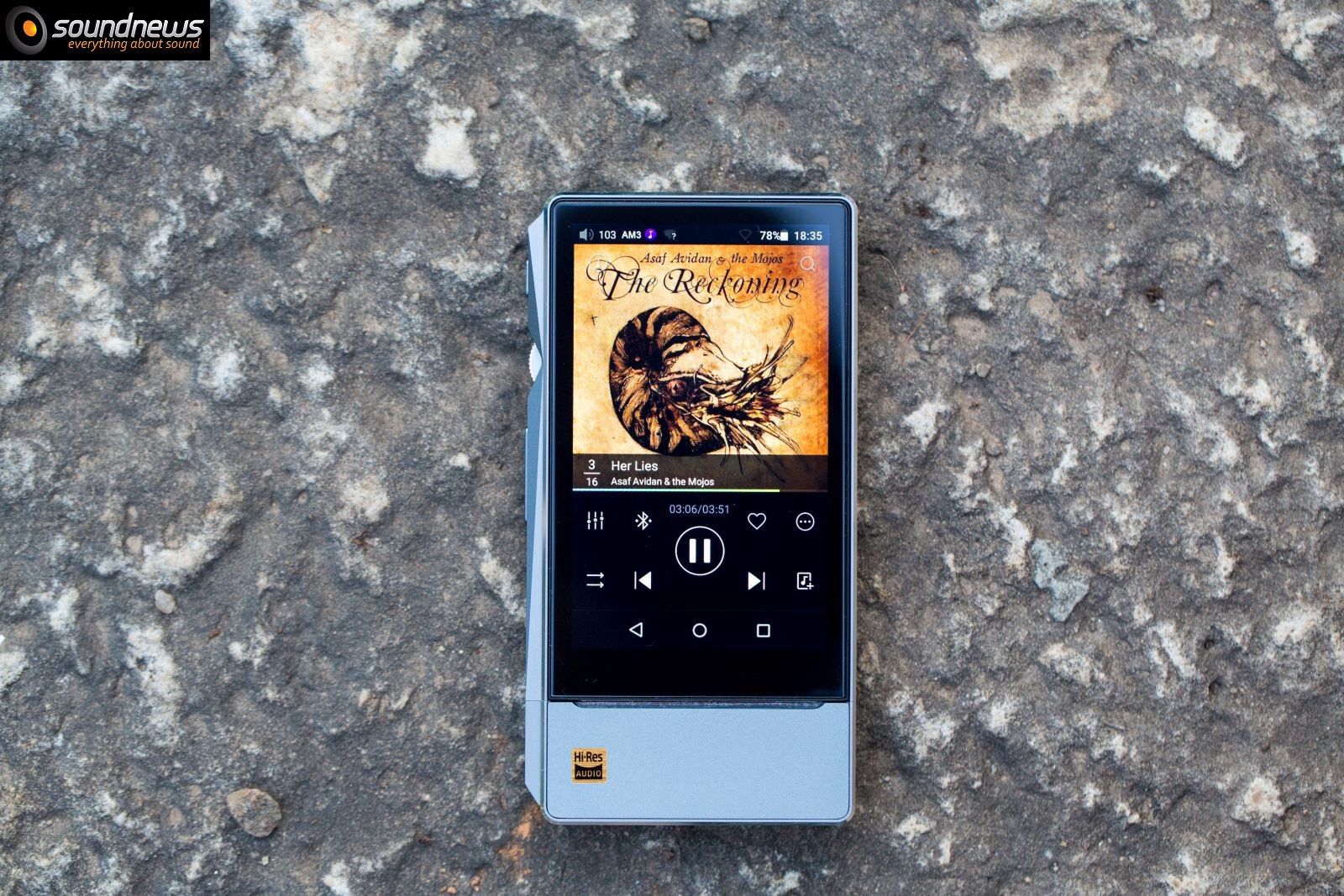
Listening to more melodic music as Pink Martini – Je Dis Oui! the recording is almost perfect.
The main voice is a bit warm and clean. Sibilant pitch is absent and does not appear at all, creating a perfect tonal balance. It sounds as a reference record.
I feel the bass goes down with an exciting vibration. I feel multiple bass vibrations, a sign that I am dealing with micro-details in the bass area.
It is clear to me that I do not hear dirty one note bass. Cymbals sound natural and non fatiguing. Ambiance and space are almost perfect, helped by explosive dynamics, the recording simply jumps to my ears.
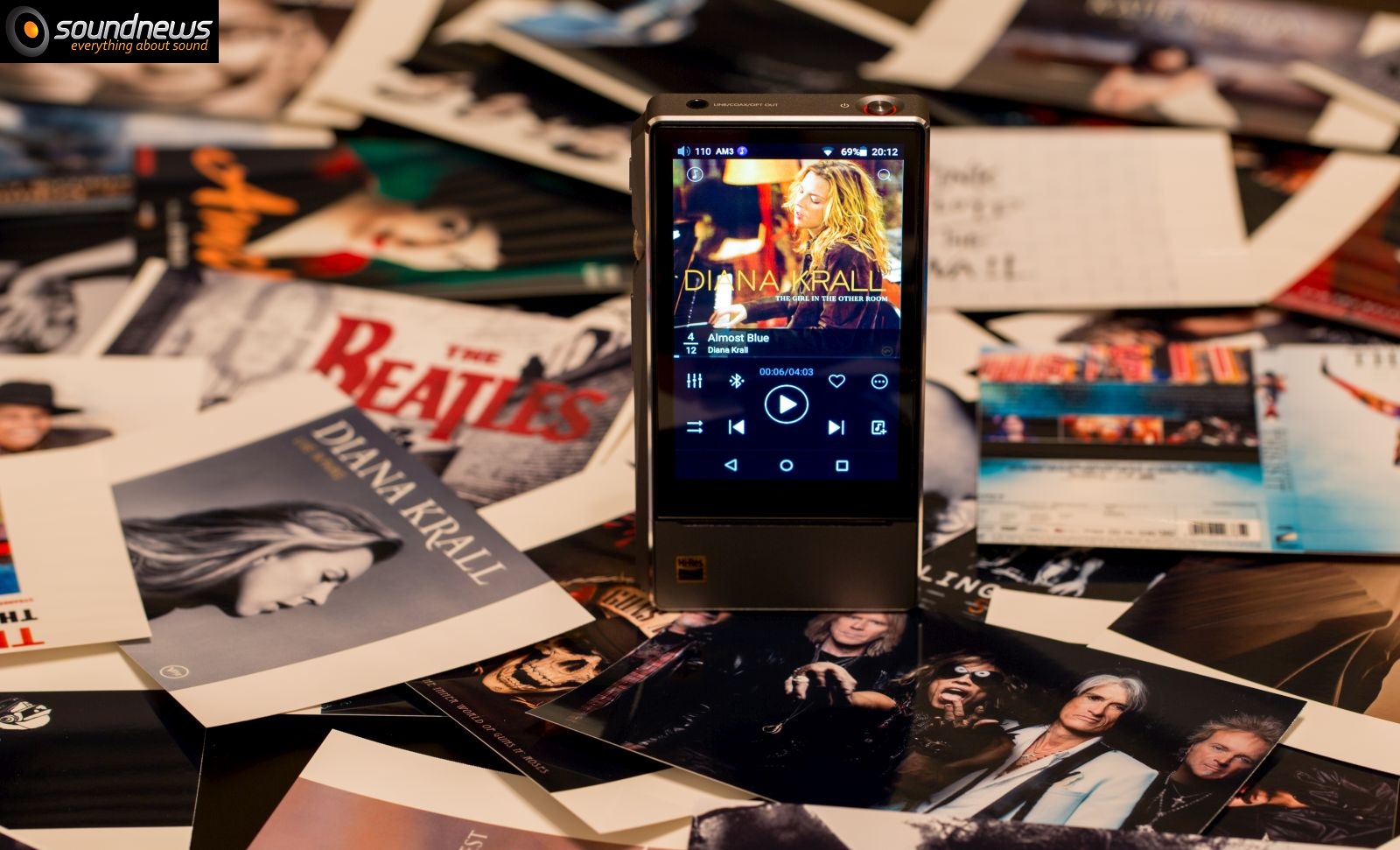
Moving on to some commercial rock by Arctic Monkeys – R U Mine? I realize that the sensation of the crystal clear sound I’ve heard in the previous tracks is no longer present.
The main and secondary voices seem slightly sweetened, I feel a slight distortion but insignificant.
The bass has a lot of weight and impact to me. All the notes surrounds my ears with a rich and clean tone.
Pink Floyd – Division Bell (24/96) is an extraordinary record in the rock world with an incredibly dynamic and deep sound.
I can hear every detail of string vibrations, it’s possible that the sound has a slightly richer tonality than what I’ve heard on my desktop DAC. This music has relaxed me a lot and has quite a seductive character that is very present lingering around the recording.
The slight melancholy of this album is easily felt, a sign that the DAP somehow does its job really well. My ears tell me that the new revisions of ESS Sabre 9028 and 9038 have a more natural sound than the old iterations.
It’s hard to put my headphone down, the sound just invites me to finish the album, a very good performance indeed.
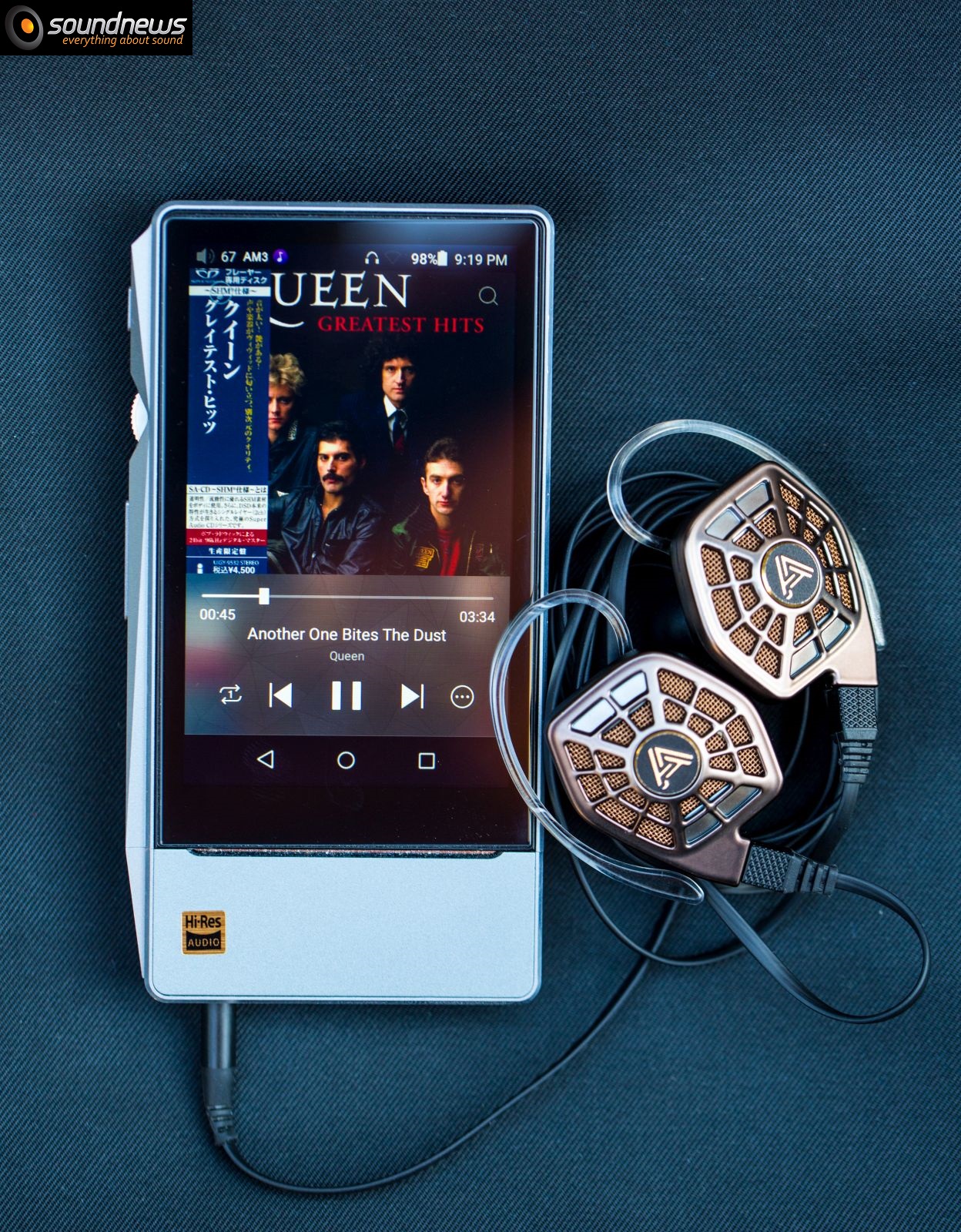
To awaken the transient response of the DAP, I played the album Return to the Sauce by Infected Mushroom.
I think this album really shows me which music genres are really intended for X7 MKII.
The dynamic swings are very obvious, the impact and speed are top notch!
The impact on the eardrum is so obvious that I want it or not but I am staring headbanging.
An impeccable performance on fast music that is for sure.
The X7 Mark II offers incredible dynamics, fast rises and swings are not a problem for it, the transient response is very fast, it keep up with every sound beats.
The bass while lightning fast and articulated, goes really low. The bass vibrations are obvious and give the feeling of clean and well executed bass, there are no traces of muddiness.
The stereo positioning of sounds seems highlighted, some sounds are heard coming from the back, I suppose the mastering was done on headphones and not on the speakers, its just a feeling, it just sounds exemplary on headphones, the same effects were not felt on speakers, seems like some jumbo-jumbo which I cannot explain at the moment.
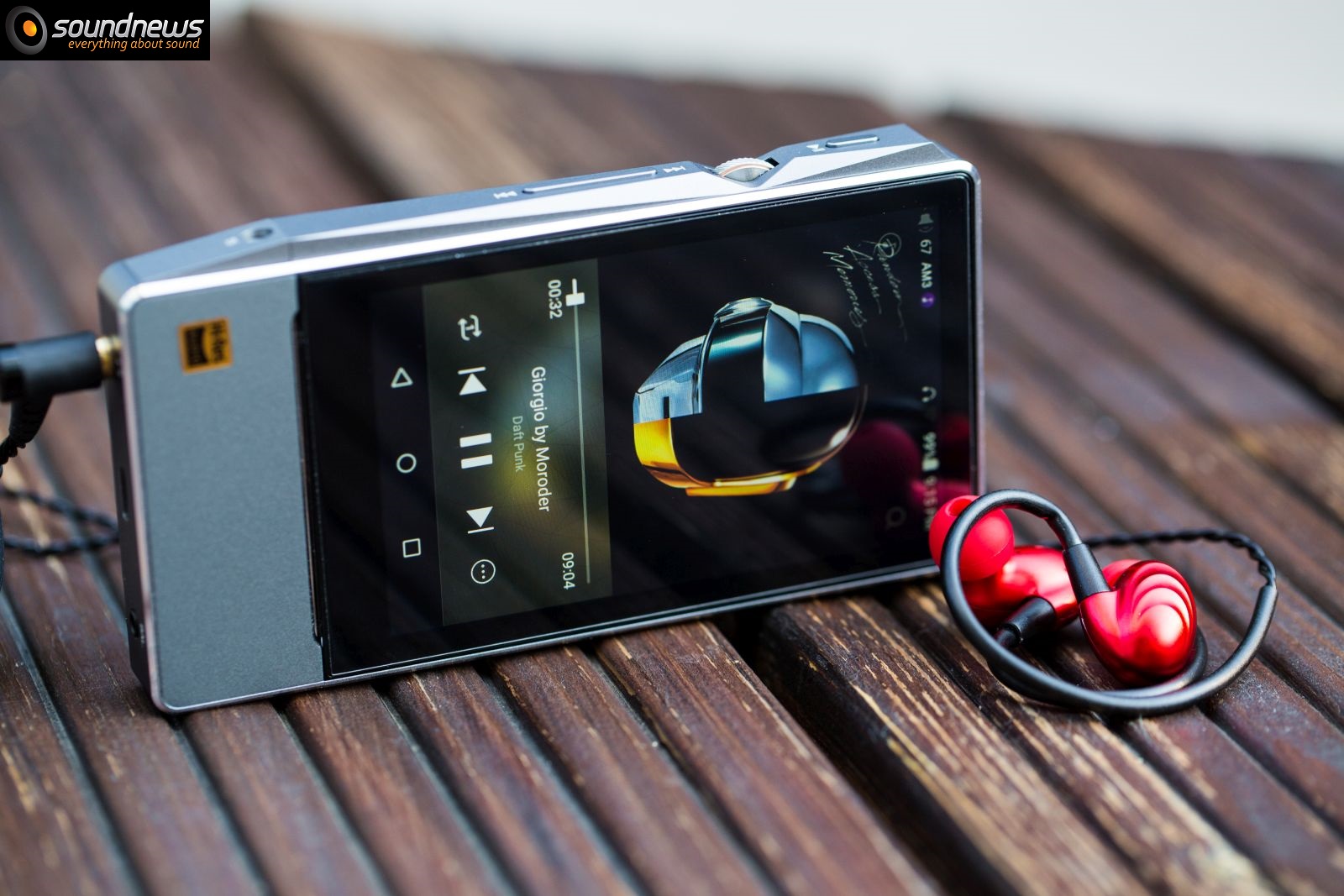
Extracting the small details from all the tracks is done easily without too much effort, the micro-details became a simple game, at high volume those are very obvious. I think the extraction of micro-details was a priority in the development of this DAP.
Although sometimes I hear a warm sound, on other recordings it seems super neutral and rarely there are some sibilant sounds – I strongly believe the player sounds mostly linear and neutral but with lots of dynamics, impact and speed.
Naturalness is always present, the tone of each piece can be easily heard.
What can I say, the DAP has a very honest sound and tries not to mask anything, its not sterile or anemic, or something like that.
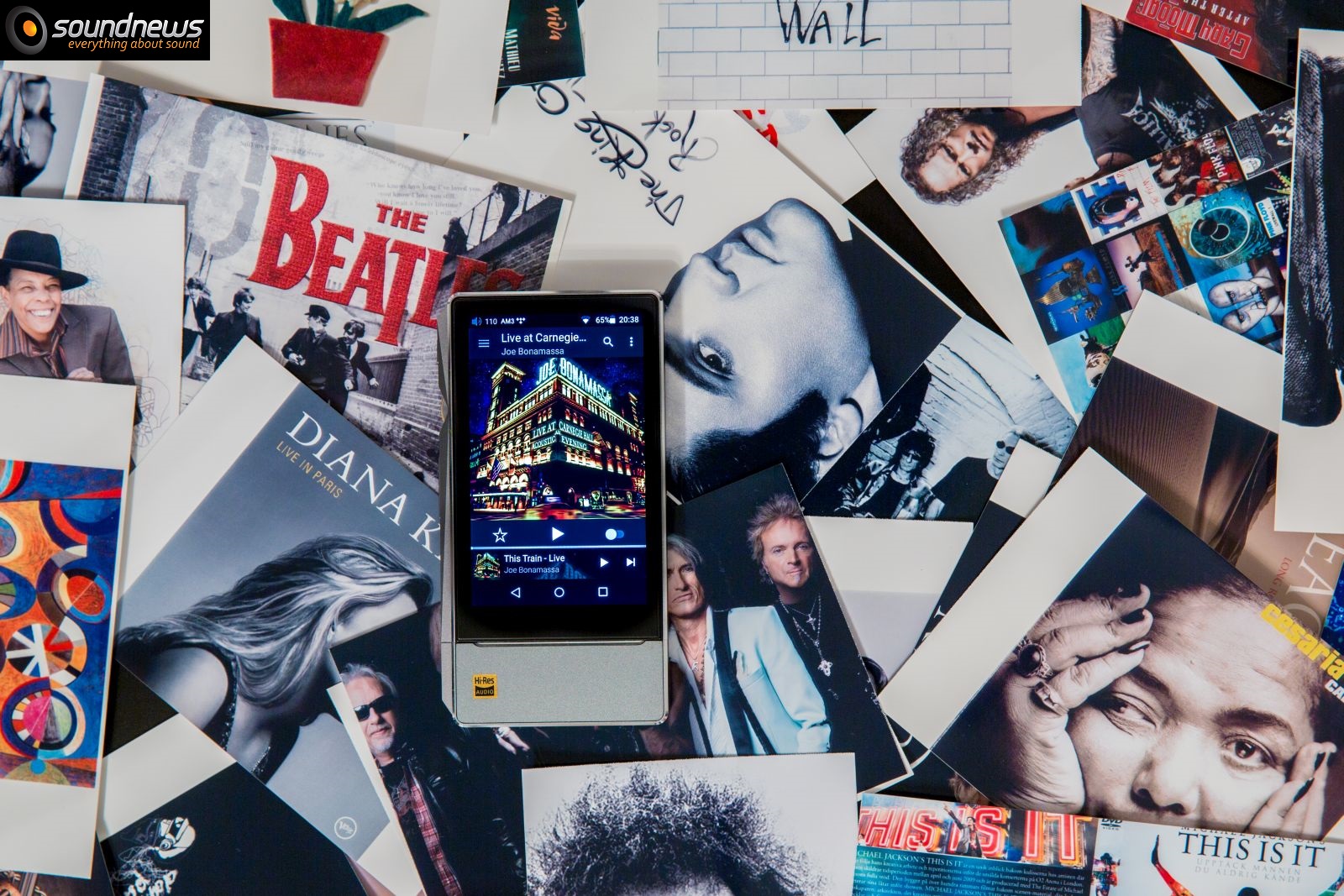
2. Comparisons
The most logical comparison would be VS its predecessor.
In stock configuration X7 vs X7 MKII, the new device is in a higher league. It has (much) more power, more explosive dynamics, a bit more natural sound, the bass is more present with a better attack and many more sub-layers. Mids and treble are almost identical.
The new DAP solves the crowded solos a little better, providing more air between the notes. If AM3A is used on both players, the difference becomes smaller, but I favor the X7 MKII slightly, especially because of the cleaner bass, more explosive dynamics and the slightly airier sound.
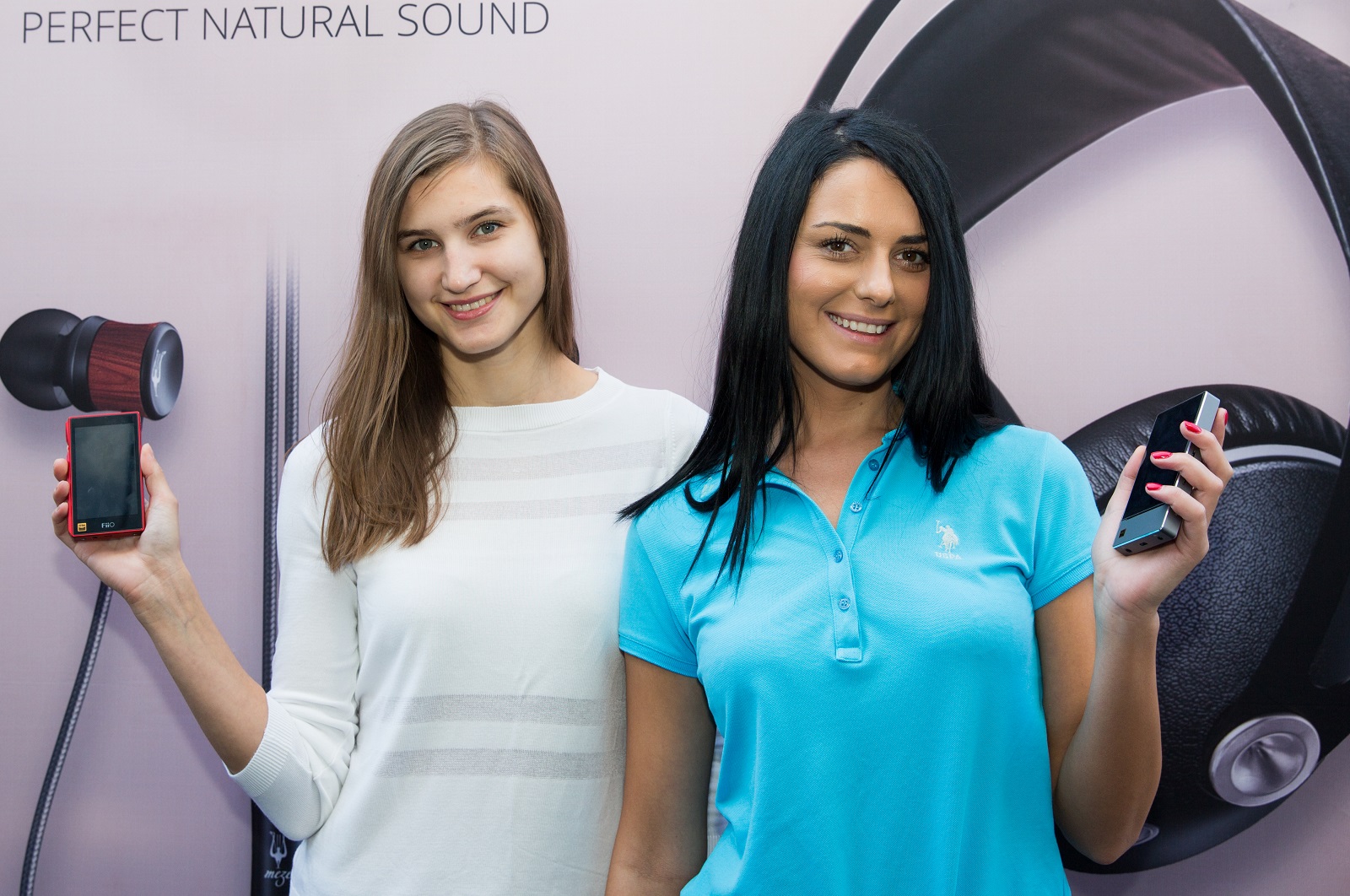
Vs X5-III, I think that X7 MKII sounds more honest, doesn’t try to hide anything, offering a perfect balance between technicalities and musicality.
X5-III hides a bit the smaller details, from 6 Khz and up is quite easy to notice this, also on very good recordings, X5-III sounds a bit slower si sometimes doesn’t keep up with explosive dynamics and with a crowded interpretation.
X5 sounds syrupy and musical, but it is a coloration that can often spoil the rest of technicalities.
I consider X7-II to be in another league, clearly a higher one, from a certain amount of money, I expect a honest, neutral, real, very technical and natural presentation.
It should also be noted that ladies unanimously decided that the red X5-III is much nicer looking than X7 Mark II, so considering WAF factor, the cheaper DAP wins without a question.

3. Headphone amp modules
Stock AM3A module is very good, honestly I think it might be too good. I mean I like it so much that I do not see the point of using the older modules. I consider AM2 to be inferior, AM1 much more inferior and AM3 about on the same level. Only AM5 seems more interesting because of that power rating that it is capable of.
Stock AM3A module besides a normal single-ended 3.5 mm output, has a balanced 2.5 mm output as well, a thing that past modules didn’t have, well except for the AM3.
I really hope that FiiO will release new generation of modules, otherwise I do not see the point of older modules. Although those were crazy good on first gen X7, on the newer device those don’t look too attractive.
Using F5 and F9 earphones from the same manufacturer on balanced connection I’ve got an even wider sound, more open and more controlled.
In balanced configuration the sounds becomes more technical, sacrificing just a tiny bit of bass depth.
I accept this compromise, if you are using balanced IEMs give a try to the balanced connection.
An extraordinary matching it had with the Meze 99 Classics and 99 NEO – an unexpected good match. The slightly lazier sound was really awaken on X7, I listened to some rock and was surprised by the result.
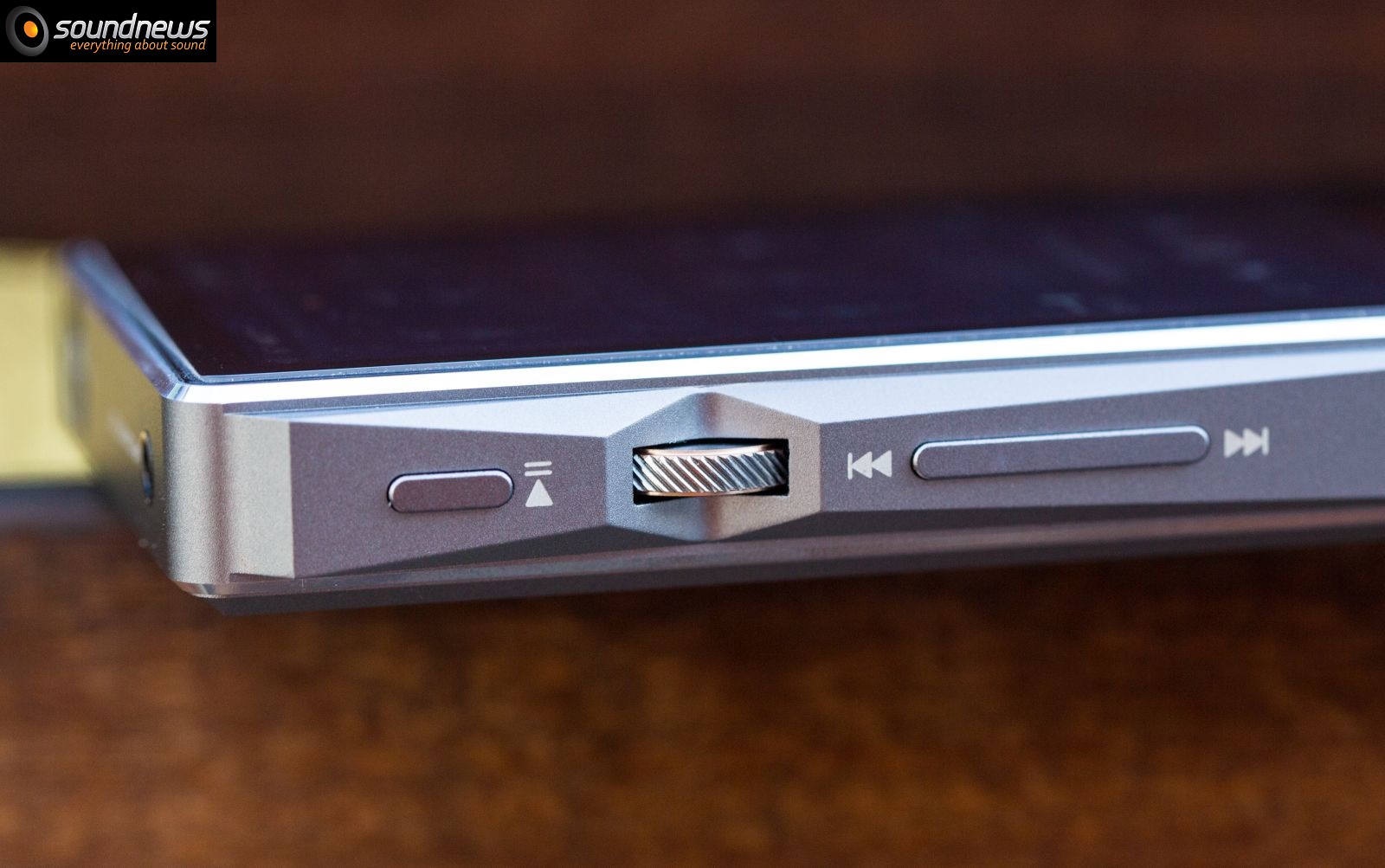
III. The bad stuff
Battery life is a bit disappointing and it seems that this is not a FiiOs trend, it seems that the new standard is about 8 to 10 hours of use.
Same think happened to X5-III and to X7 and also to many many more audiophile DAPs of late from other manufacturers.
I understand really well that internal components consume a lot of power, some of them were destined for desktop applications and clearly had a negative impact on battery life, but I think something must be done in the future, I dream of an 15-20 hours of battery life having the same footprint and weight, is that possible?
On efficient headphones on the SE output I’ve got between 9 and 9 and 30 minutes maximum, on inefficient headphones cut another 30 minutes.
On balanced and easy to drive earphones I lose again about 30 minutes, meaning between 8 and 8 hours and 30 minutes.
For me this is not a major issue, in 30 minutes I’m at work, but for a longer vacation or even for an intercontinental flight the battery will not last.
On another hand quick charge 2.0 could come in handy in such situations.
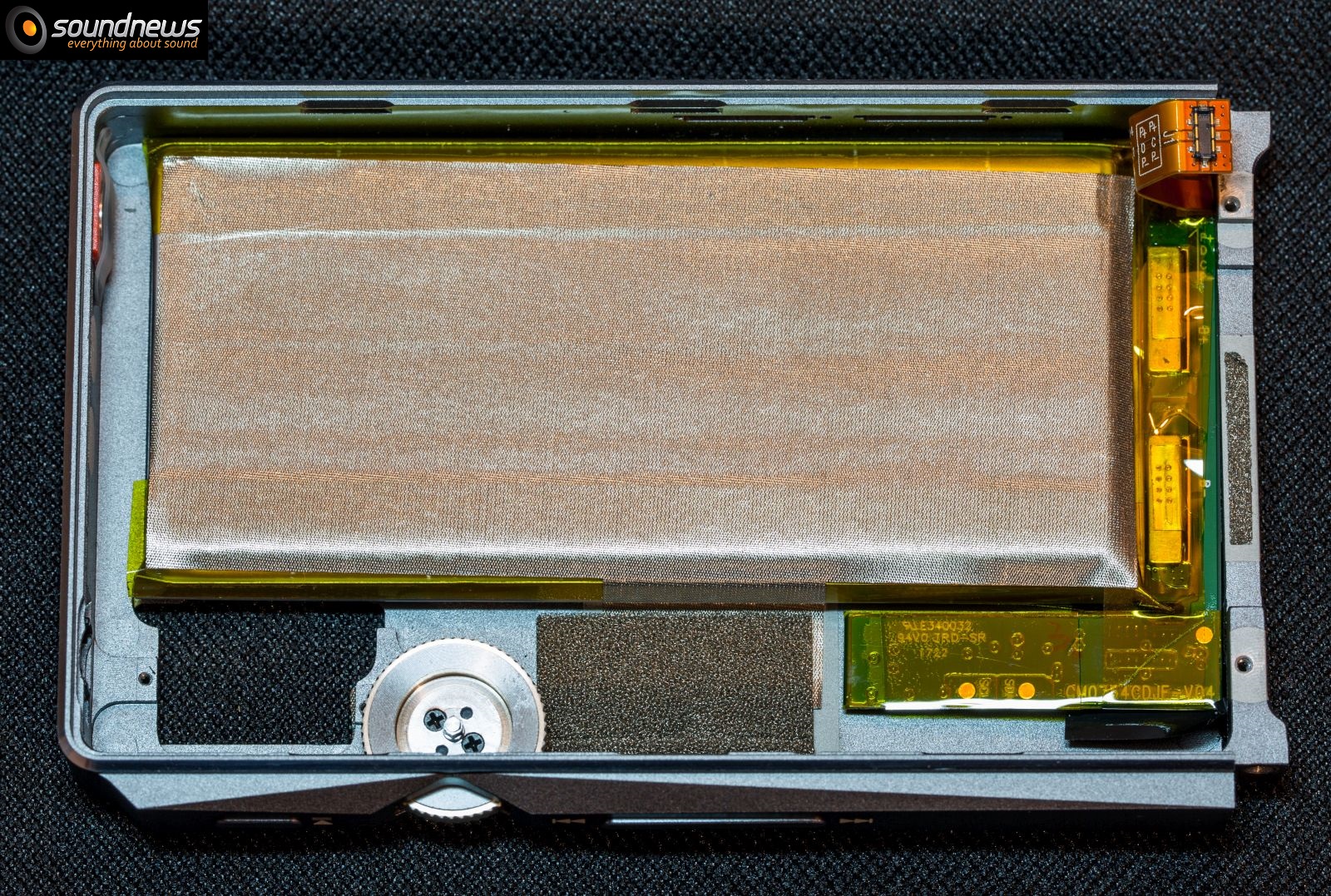
IV. Conclusions
I woke up with a Matrix X-Sabre Pro in my pocket that I can easily carry anywhere and that runs streaming apps as Tidal, Spotify and others.
What can I say, its clear I liked it very much. The improvements vs first generation are very obvious: double RAM memory, double ROM memory, dual MicroSD slots, a higher performance DAC chip, better op-amps, more and better crystal oscillators, faster UI, a bigger battery capacity, a much better stock headphone amp module. Me Gusta!
The DAP has a sleek and modern look, the simplistic industrial design captures attention, there was a case when someone stopped me and asked what smartphone is it because he didn’t saw such solid and bold construction before, which if needed can be used as a self-defense tool.
I didn’t encounter many software related glitches, certainly less than on first gen X7, all promised features worked as intended, including the USB DAC feature.
Battery life is the only thing that bothered me and that I would really like to improve in future iterations, speaking about sound I have nothing to reproach.
Unfortunately as any premium audio device, the price is a bit high, at this moment it can be purchased at 3400 RON (local price) and if it is worth it or not only you can decide.
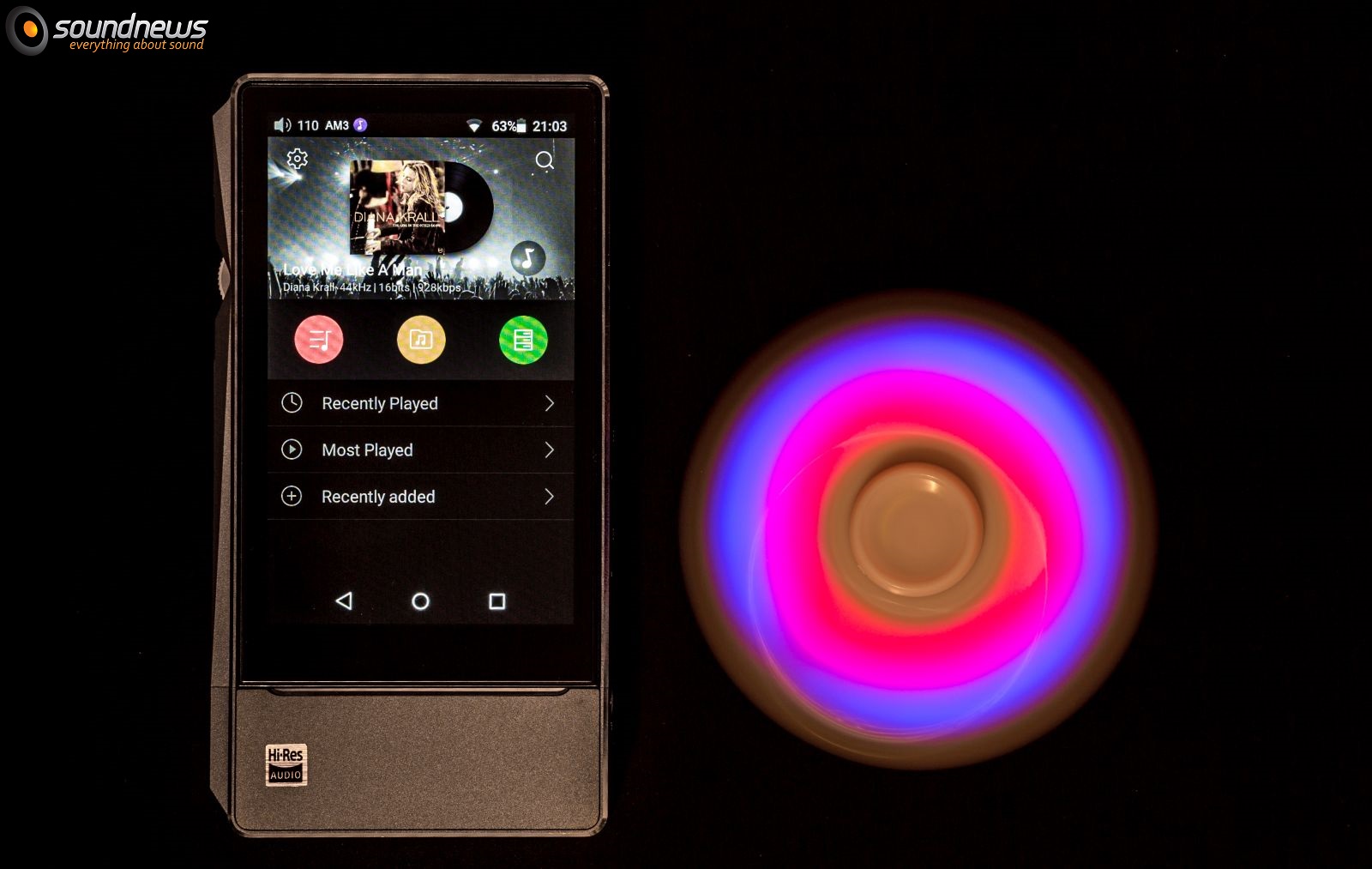
PROS:
ES 9028 PRO is a big PRO
Modular design that kills the external headphone amp phenomenon
Really cool additional features (DAP, USB DAC, Hi-Res streamer, Bluetooth AptX, digital S/PDIF transport via coaxial or optical)
Indestructible industrial design, sexy volume wheel
Linear and neutral sound signature, dynamics are to die for
Impeccable sound spectrum playback, without dips or rises
Real and transparent sound, everything just breathes
Good holographic depth
Harmonic distortion is nowhere to be found
CONS:
Modest battery life
High price
Equipment used for review:
FiiO X7 MKII, X7 MKI, X5 MKIII, F5, F9, Sennheiser HD600, Momentum 2.0, Meze Audio 99 Classics, 99 NEO, Audeze LCD-4

→→ Read the original article on : >> Click here






